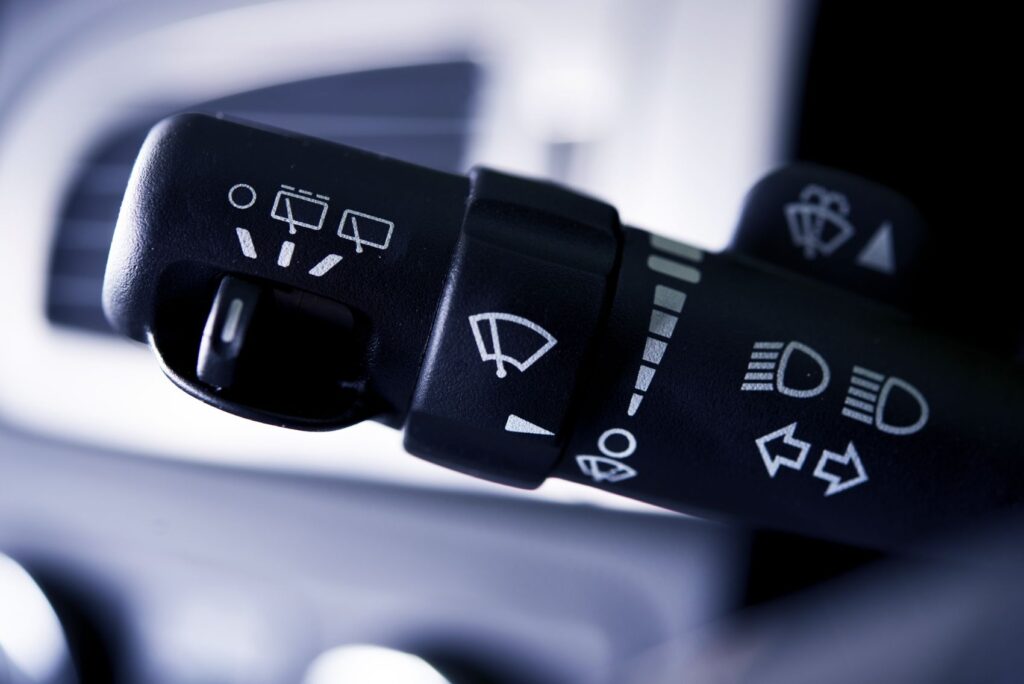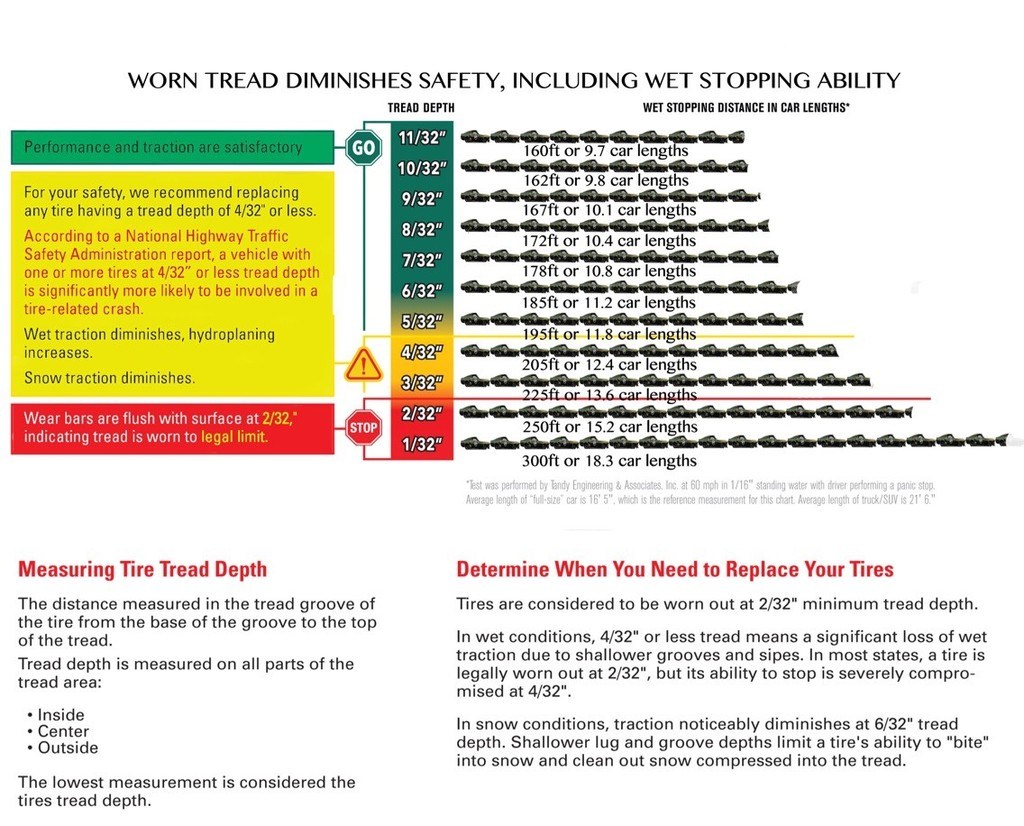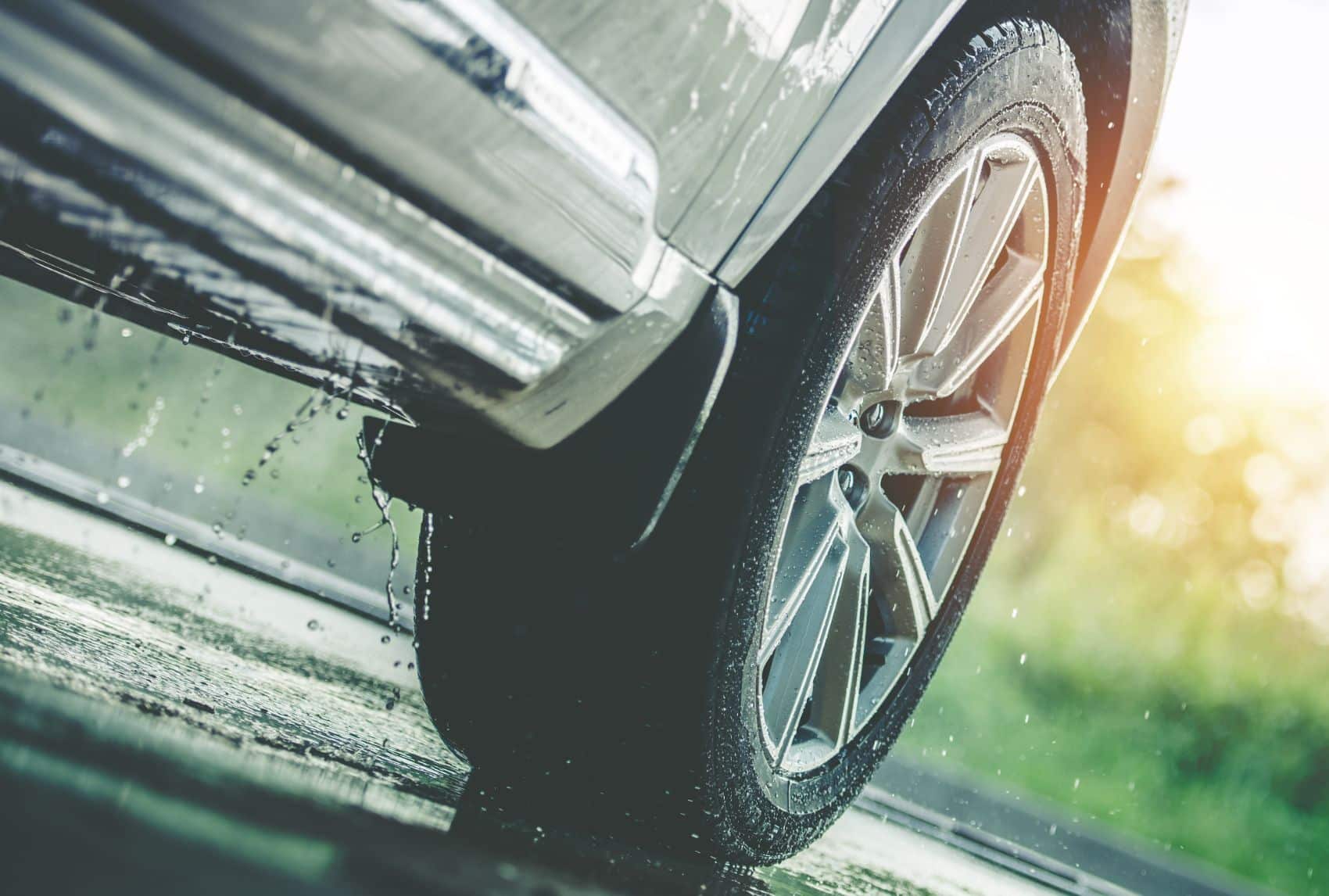While winter weather leads many to prepare for driving in the snow and slush (and such preparation is important), government analysis of weather-related crashes and injuries points out that it’s driving on wet roads – not snowy or icy pavement – that leads to the highest percentage of crashes and injuries.
When we look at the bigger picture, the government’s data makes a lot of sense. Only certain parts of the country ever drive in the snow, and even then, there isn’t snow on the ground every day of the winter. On the other hand, much of the country drives in the rain at least occasionally during the course of the year, thus leading to a higher chance of an accident.
Driving On Wet Roads: What The Data Says
The government analysis mentioned above was conducted over the course of a decade. It highlights data from the Federal Highway Administration that shows over 20 percent of vehicle crashes that occurred from 2007 through 2016 were weather related (1.2 Million). The report found the vast majority of those crashes happened on wet pavement and during rainfall: 70 percent on wet pavement and 46 percent during rainfall.
The government data leads us to believe we should be more mindful while driving on wet roads. Below are helpful tips you can use to be better prepared.

At-Home Precautions
Here are a few simple things you can do at home to increase your safety.
#1: Check Wipers & Headlights
Make sure your windshield wipers and headlights are working properly, and replace them if necessary. If your wipers cannot remove precipitation effectively, or your lights are struggling to illuminate the road ahead, this can increase the chance of a crash. And if you have an SUV, be sure to check the rear window wiper too.
#2: Fill The Washer Fluid
On wet pavement, even when it’s not raining, cars ahead of you will throw all that gunk onto your windshield. New wipers will help, but remember to keep your washer fluid reservoir topped off.
#3: Check Your Tire Tread Depth
Tires are the only contact between your vehicle and the road, so if they are not in good condition, it will increase your chances of hydroplaning. Research from AAA a few years ago found that even driving on relatively worn tires at highway speeds and on wet surfaces can increase stopping distances by nearly 90 feet, about the length of the average eighteen-wheeler.
To check your tread depths at home, do the “penny test.” Take the penny, turn it upside down, and place it in your tire’s tread, so Lincoln’s head is going first. If you can still see the top of Lincoln’s head, it’s time to replace your tires.
Based on the chart below, if you can see the top of Lincoln’s head, your tires are between 3/32 and 2/23, meaning they are due for replacement. Remember, the type of tire you purchase is just as important as the tire brand you are buying.

Driving On Wet Roads: Tips & Advice
If you can help it, try to avoid traveling if the weather is bad. However, since that is not always possible, here are three tips if you encounter wet pavement.
#1: Reduce Your Speed
The Department of Transportation recommends cutting the current posted speed limit by 1/3rd when driving on wet pavement, as your stopping distance is less predictable than on a dry road. One of the leading causes of hydroplaning is speed, so the slower you go on wet pavement, the better.
#2: Avoid Heavy Braking
While driving on wet roads, take your foot off the accelerator to let your vehicle slow down naturally. Since modern vehicles are equipped with anti-lock braking systems (ABS), there is no need to “pump” the brake pedal if you must stop suddenly. With ABS, depress the brake pedal fully, hold it, and let your vehicle do the work. You will hear and feel a vibration, but that is normal.
#3: Leave Plenty of Space
Your vehicle’s ABS will prevent the wheels from “locking up” to help you maintain steering control. Remember that ABS may or may not shorten your overall stopping distance, so it’s all the more important to check the tread depth of your tires. Be sure to maintain a safe distance from any vehicles in front of you to provide ample time to react in case of any sudden stops.
Driving On Wet Roads: Conclusion
While the attention we give to snow may be warranted, we should pay equal attention to driving on wet roads. More often than we realize, we are presented with wet pavement, and as the statistics have shown, they are often dangerous. Follow the tips above to help ensure your safety.
Richard Reina is a longtime automotive industry analyst and Automoblog’s resident expert on the collector car market. He enjoys restoring and driving old cars with a special love for anything Italian. Richard is the author of The Collector Car Hobby, a guidebook for finding and enjoying the classic car of your dreams.


